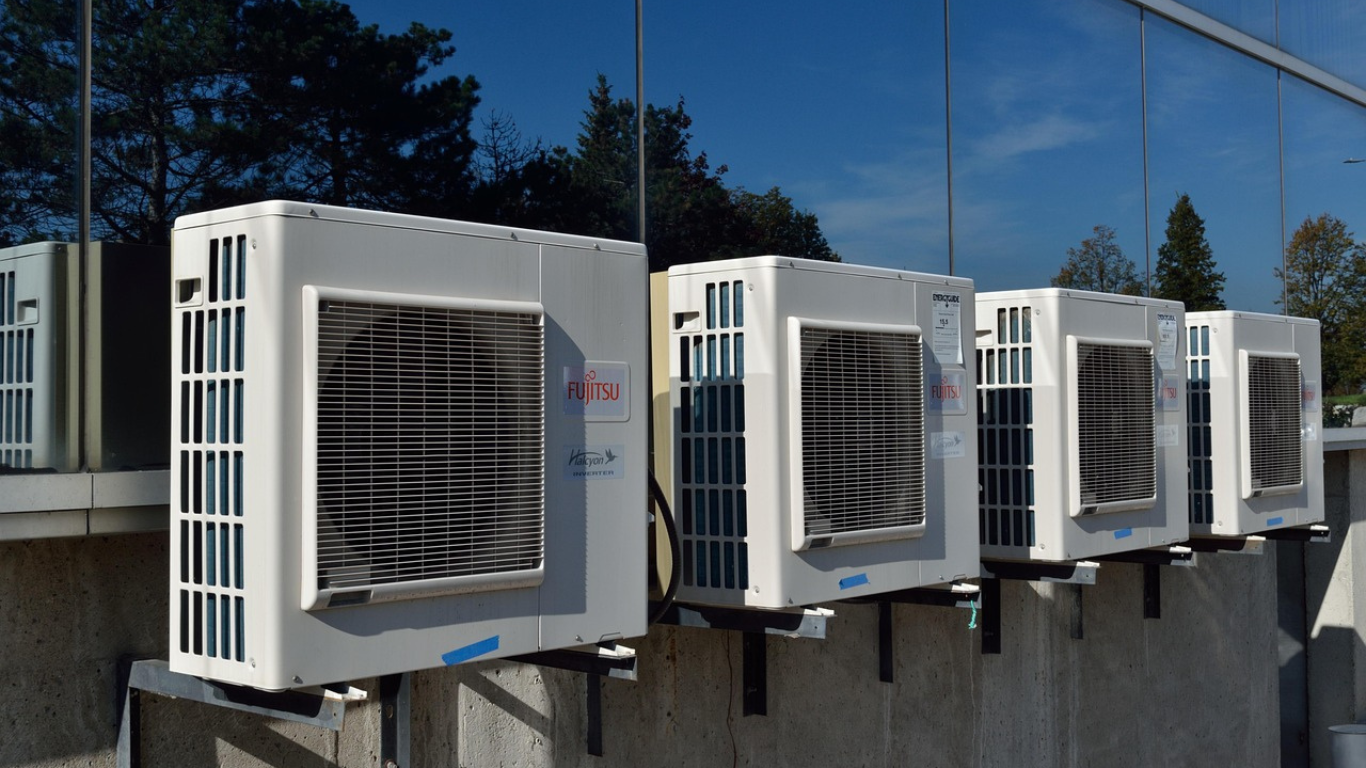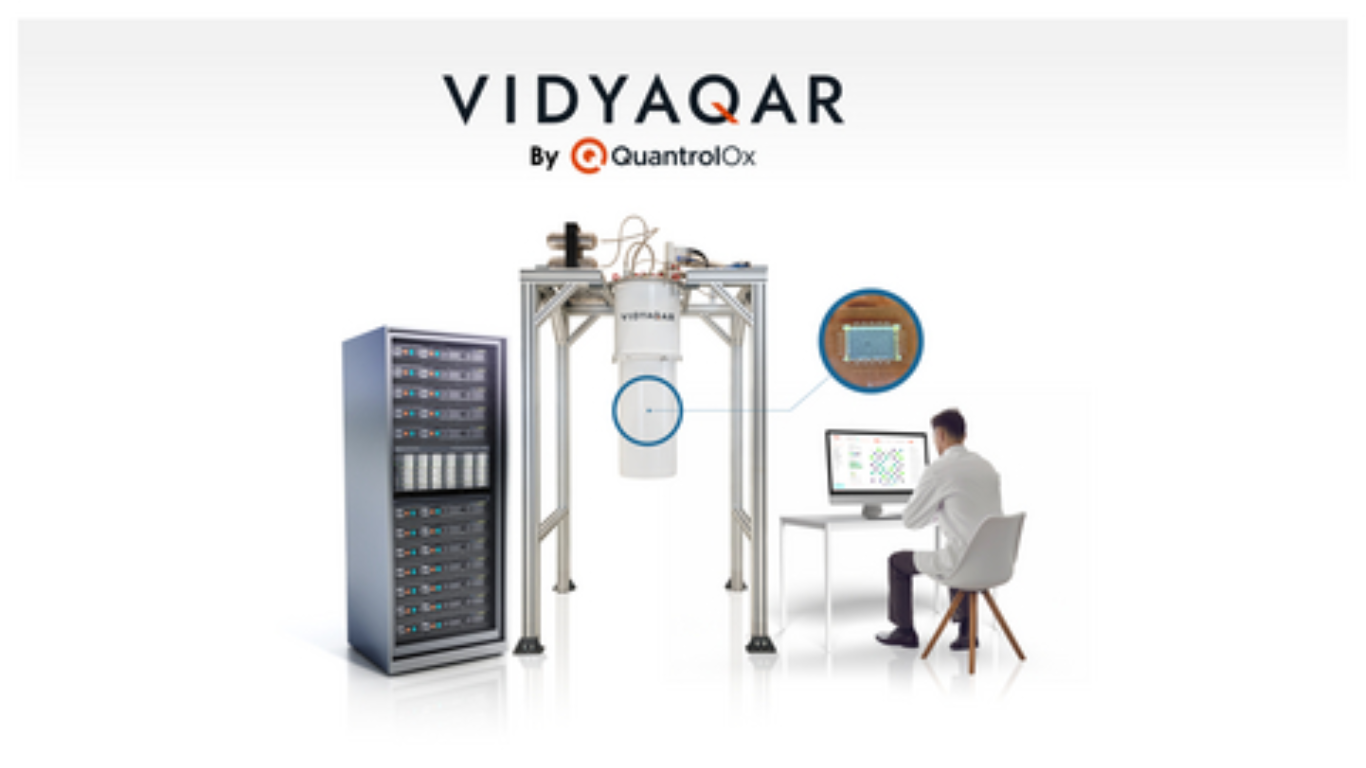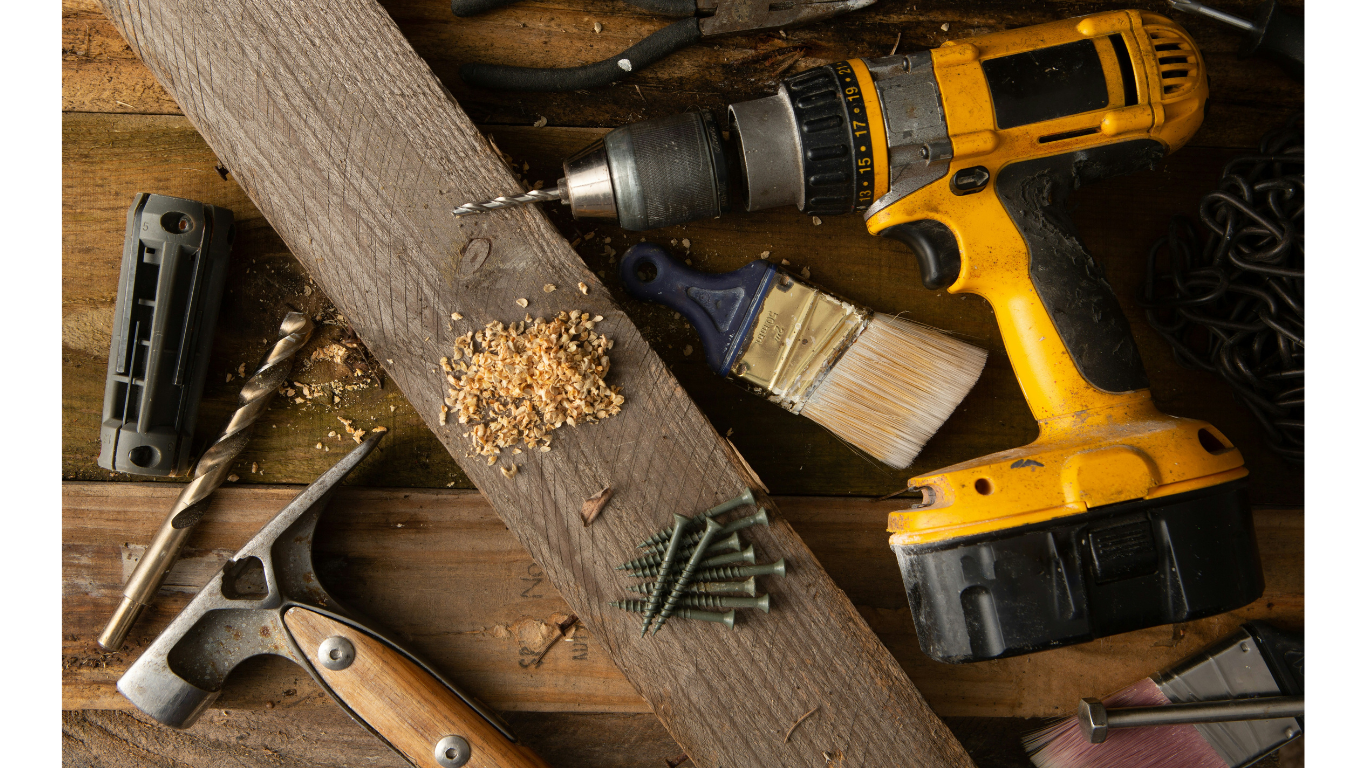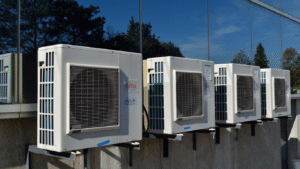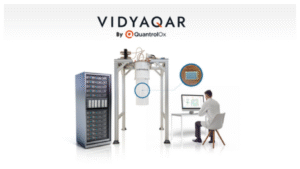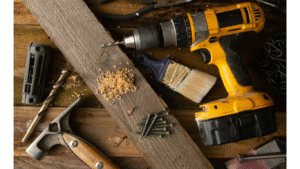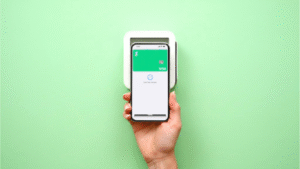The IoT system combines different real-life devices you use every day into one smart ecosystem via the internet. Vehicles, sensors, and wearables collect, transfer, and analyse data for the users. Smart homes, security systems, healthcare, agriculture, manufacturing, and other industries rely on smart devices. Their businesses depend on the quality of interaction between software and hardware.
The global IoT market is projected to reach $1.6 trillion by 2025, with over 15 billion devices are expected to be connected worldwide. In this article, we address the biggest challenges, top trends, and best practices of development for connected IoT devices.
IoT Software Development: Biggest Challenges
Gartner reports that 82% of enterprises plan to implement the Internet of Things in some form within the year. It makes the segment booming and propelling. And it also connects the development process with the newcoming challenges:
- Data security and user privacy. Custom IoT development solutions provide access to gather and share sensitive data while functioning. It can be information about your health or phone numbers of your customers. Data breaches, unauthorised access, and surveillance risks harm people and reduce loyalty to a business that provides risly services.
- Interoperability of the devices within a system. What is IoT software development core task? To make a system function, the engineers should integrate many devices with different protocols, standards, and platforms into one cohesive system.
- Huge data volumes management. When you connect devices to the IoT system, it starts generating vast volumes of data. Big companies need to build efficient storage, processing, and extracting analytics from the gathered information.
The overall situation shows a growing need for applications able to scale. Users want to see them secure and able to process huge amounts of information gathered from various devices.
Trends that Respond to the Industry Challenges
If you wonder what is IoT development biggest trend, you should check how the industry responds to the top challenges. These top trends are aimed at overcoming difficulties and propelling the industry:
- Advanced security and zero trust. As personal IoT devices connect to the internet, they can become cyberattack victims. A zero-trust architecture has stronger encryption. Features like multi-factor authentication and automatic software and hardware updates protect users.
- Edge computing implementation. When a web development company providing IoT services builds a smart environment, they make data processing locally on the device, instead of sending it to the cloud or server. It improves performance while lowering bandwidth costs.
- Artificial intelligence integration. Engineers integrate AI and machine learning with IoT devices to analyse huge data loads automatically and receive real-time insights. This way, the smart assistants get possibilities to predict maintenance and adapt environments.
The industry responds to the arising challenges with trends for advanced security features and local data processing. The software manufacturers have also found a way to make the AI work for smart devices.
IoT Development Best Practices Implemented by Top Software Creators
If you want to know what is IoT software development success secret, it’s probably a reliable tech partner that possesses expertise in top technologies. When choosing a nearshore software development team to build a strong IoT product, check if they implement world’s best practices. It’s not just trendy, it ensures secure and scalable up-to-date solutions:
- Secure design from scratch. End-to-end encryption secures data transmission. With fewer abundant features and ports, the solution has fewer points of vulnerability. Standards like NIST guidelines or OWASP IoT Top 10 keep your software compliant with the newest international standards.
- Reliable data handling and high connectivity. It is important to implement different protocols like MQTT, CoAP, and HTTP/HTTPS in the IoT development process. To ensure smooth operation, engineers handle intermittent connectors with buffering and retries. Data formats like JSON make all systems lightweight.
- Robust data management. Engineers who care about the client’s security don’t store too much – only the most important information that is anonymous. Clear data retention and deletion policies help ensure compliance with GDPR, HIPAA, and local laws.
If you choose the IT vendor that implements best practices of software building, you can be sure about the results they deliver. This approach indicates a partner who cares about the technologies’ development and the professional growth of their engineers. They are designed to deliver innovative products.
Bottom Line
What is IoT development in terms of our everyday life? IoT use cases are widely diversified. It can be anything, from smart streetlights to connected waste bins. From enterprise shipments tracked via IoT sensors to smart grids that adjust energy flow to reduce carbon emissions. The software development for this industry faces new challenges connected with its popularity. They arise as the users want their solutions to be safer, faster, and smarter. You will be able to overcome these challenges in cooperation with software engineers, who are aware of the latest trends. Best practices implementation is your guarantee for a successful, user-friendly IoT service.
Article received via email







